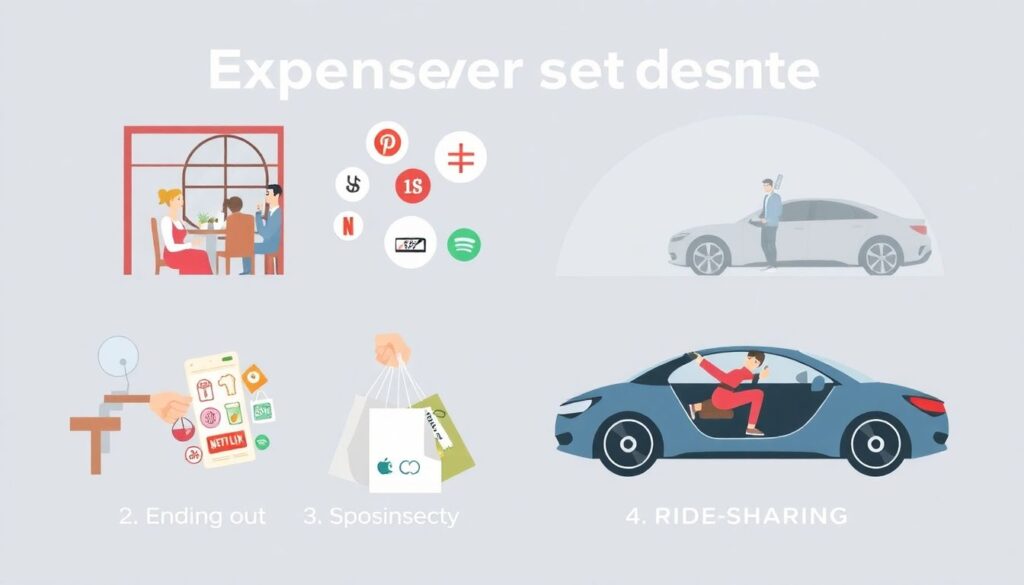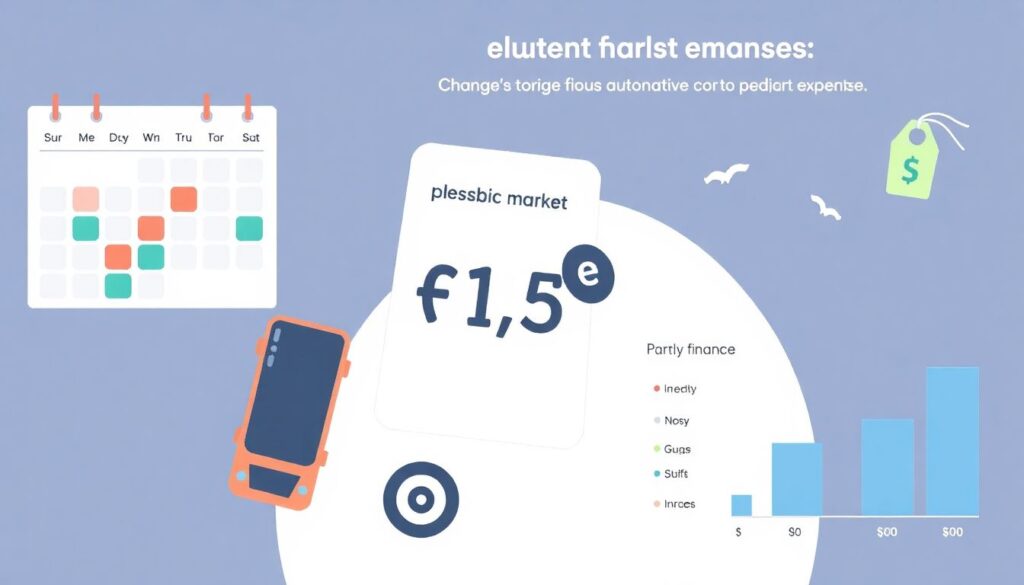How Car Buying Has Evolved: A Quick Context Before You Save
Back in the 1950s, buying a new car was a status symbol and often represented a long-term investment people were proud of. Fast forward to the 2000s, the automotive industry saw a major shift: leasing became popular, financing terms lengthened, and interest rates fluctuated. In 2025, the car market is influenced by EV adoption, supply chain disruptions, and dynamic pricing. Average new car prices have exceeded $48,000, making it more important than ever to approach saving strategically.
Buying a vehicle today isn’t just about having cash—it’s about smart financial planning, leveraging technology, and understanding opportunity cost. Let’s break down the most efficient ways to prep your wallet for that new set of wheels.
1. Define the Target: Know What You’re Saving For
Before opening any savings account or budgeting, clarify the specs of your next car:
– New vs. certified pre-owned?
– Gasoline, hybrid, or full EV?
– Needed features (AWD, advanced driver assistance, towing capacity)?
Once you’ve defined your target, calculate your total cost of ownership (TCO), which includes not just purchase price, but:
– Taxes and fees
– Insurance premiums
– Fuel or charging costs
– Maintenance schedule
A realistic goal lets you reverse-engineer your savings timeline.
2. Create a DSA (Dedicated Savings Account)
Establish a high-yield savings account or money market account (MMA) specifically for your car fund. This tactic has two core benefits:
– Separation of funds: Reduces the temptation to dip in for other expenses.
– Compound growth: With APYs nearing 4.5% in 2025, your money works while you wait.
Set up automatic transfers post-paycheck. Even small, recurring deposits build momentum thanks to time value of money (TVM).
Pro Tip:
Label your account with a goal name like “Tesla Model 3 Fund” or “Camping SUV 2025”—this adds psychological motivation.
3. Run Zero-Based Budgeting
Zero-based budgeting (ZBB) assigns every dollar a job. It’s not about spending less, but spending intentionally.
Here’s how it works:
1. Calculate your monthly take-home income.
2. Subtract fixed expenses (rent, utilities, debt).
3. Allocate remaining funds to goals—car savings included—until your balance hits zero.
This method prevents leakage (untracked spending) and accelerates goal funding.
Common ZBB Categories to Optimize:

– Dining out
– Entertainment subscriptions
– Impulse purchases
– Ride-sharing (which ironically could be replaced by your future car)
4. Downsize or Monetize Your Current Vehicle
If you currently own a vehicle, it’s a potential asset. Consider these monetization paths:
– Sell privately for higher margins than dealer trade-ins.
– Use it for gig economy work (Uber, DoorDash) to generate extra income.
– Downsize to a fuel-efficient beater car until you reach your savings goal.
This approach converts a depreciating asset into financial leverage.
5. Capitalize on Windfalls
Tax refunds, annual bonuses, inheritance, or even cashback rewards? Allocate a portion directly to your car fund.
Avoid lifestyle inflation. Instead of upgrading your lifestyle with unexpected income, funnel it into your savings trajectory.
6. Use Tech to Track and Optimize
Modern budgeting apps integrate with your bank accounts, categorize transactions, and visualize your progress. In 2025, AI-driven platforms like YNAB, Copilot, and Monarch Money can even simulate future savings based on real-time spending trends.
Enable alerts when you overspend in discretionary categories or fall behind your monthly savings rate.
7. Consider Short-Term Investment Vehicles
If your car purchase is 12–24 months away, consider parking part of your savings in low-risk investment tools:
– Treasury bills (T-bills): U.S. government-backed with predictable maturity.
– Certificates of Deposit (CDs): Offer fixed interest, though may lack liquidity.
– Short-term bond ETFs: Slightly higher risk, but outperform savings accounts over time.
Always evaluate risk tolerance and ensure liquidity matches your purchase date.
8. Avoid Common Savings Pitfalls
Here’s a list of missteps to sidestep:
– Waiting too long to start saving
– Underestimating additional costs like registration or delivery
– Relying solely on financing without a down payment
– Ignoring credit health (which impacts interest rates)
Checklist Before You Buy:
– [ ] Down payment of at least 20%
– [ ] Emergency fund still intact post-purchase
– [ ] Debt-to-income (DTI) ratio in check
– [ ] Credit score >700 for preferred APR
9. Gamify the Process
Turn saving into a challenge. Set monthly milestones and reward yourself with small, non-financial incentives—a weekend road trip, tech-free day, or simply tracking your streak. Social accountability works too: share your progress with friends or online communities for added motivation.
10. Recalculate Every 3 Months

Market conditions shift, especially in the automotive sector. Reassess your target cost quarterly:
1. Has inflation changed vehicle pricing?
2. Are EV incentives or rebates available?
3. Has your income or expense profile shifted?
Keeping your goal calibrated ensures efficiency and helps you adapt without stalling.
Final Words
Saving for a car in 2025 requires more than stashing cash—it’s a calculated, tech-enhanced process that balances your current lifestyle with long-term mobility goals. With strategic planning, you don’t just afford a car—you own your financial decision. Start today, and your future self will drive away thanking you.

